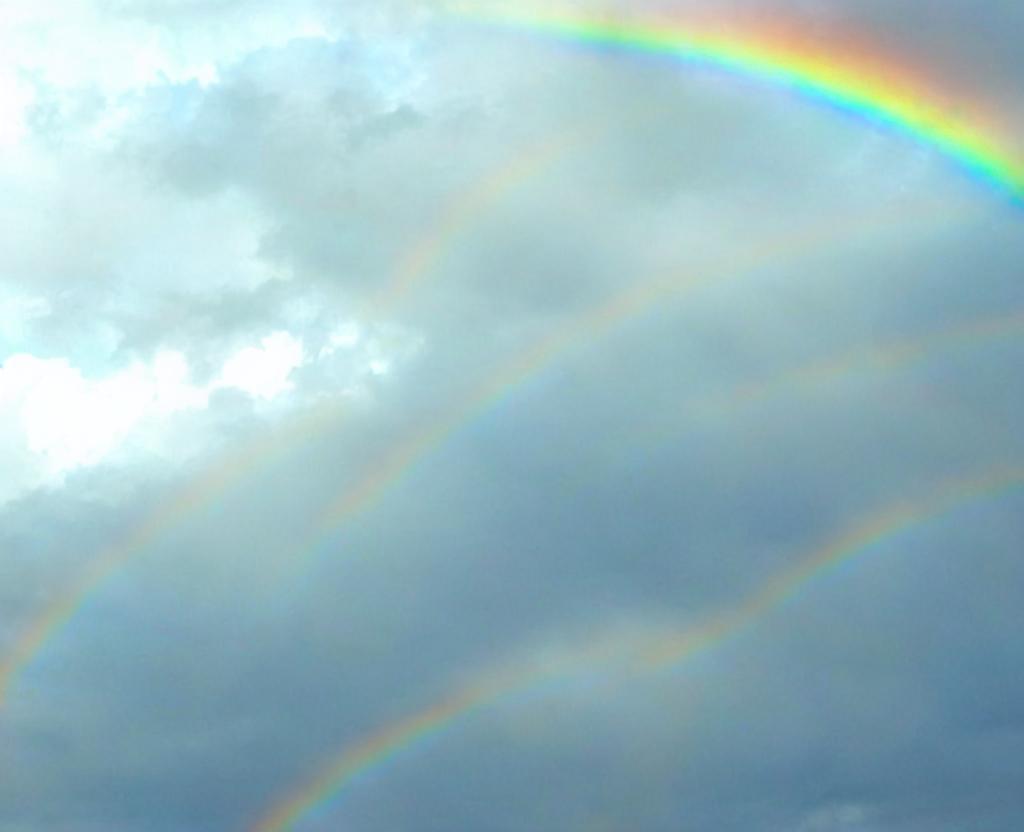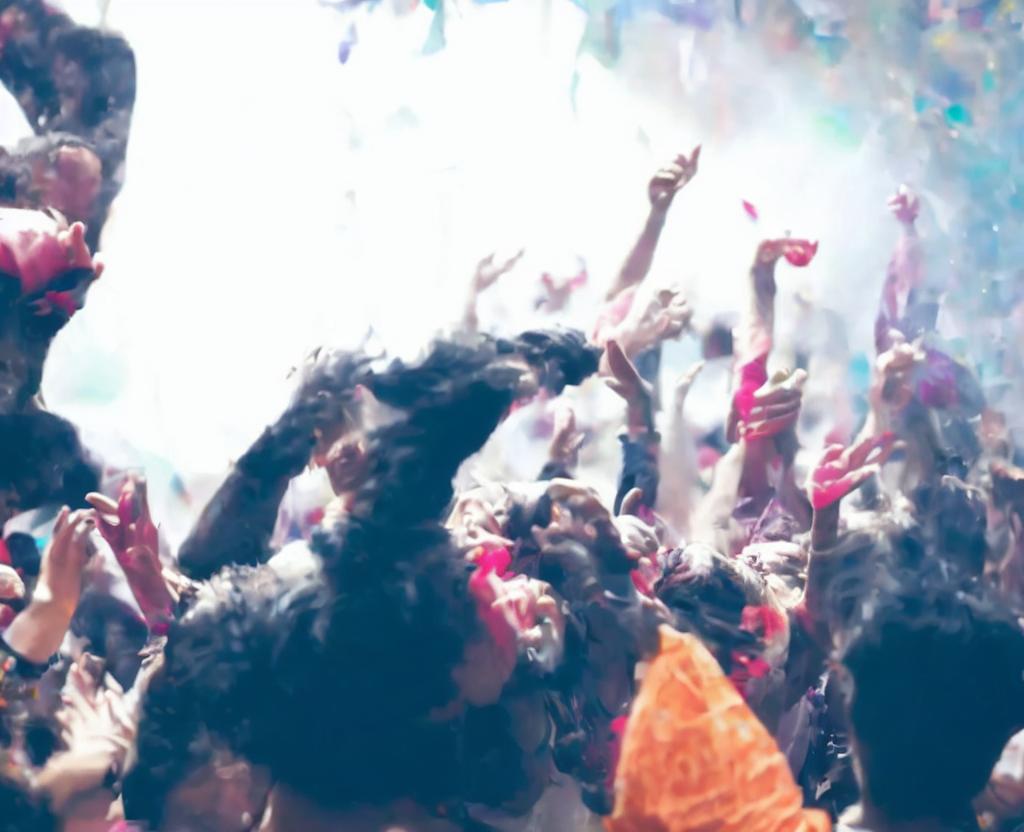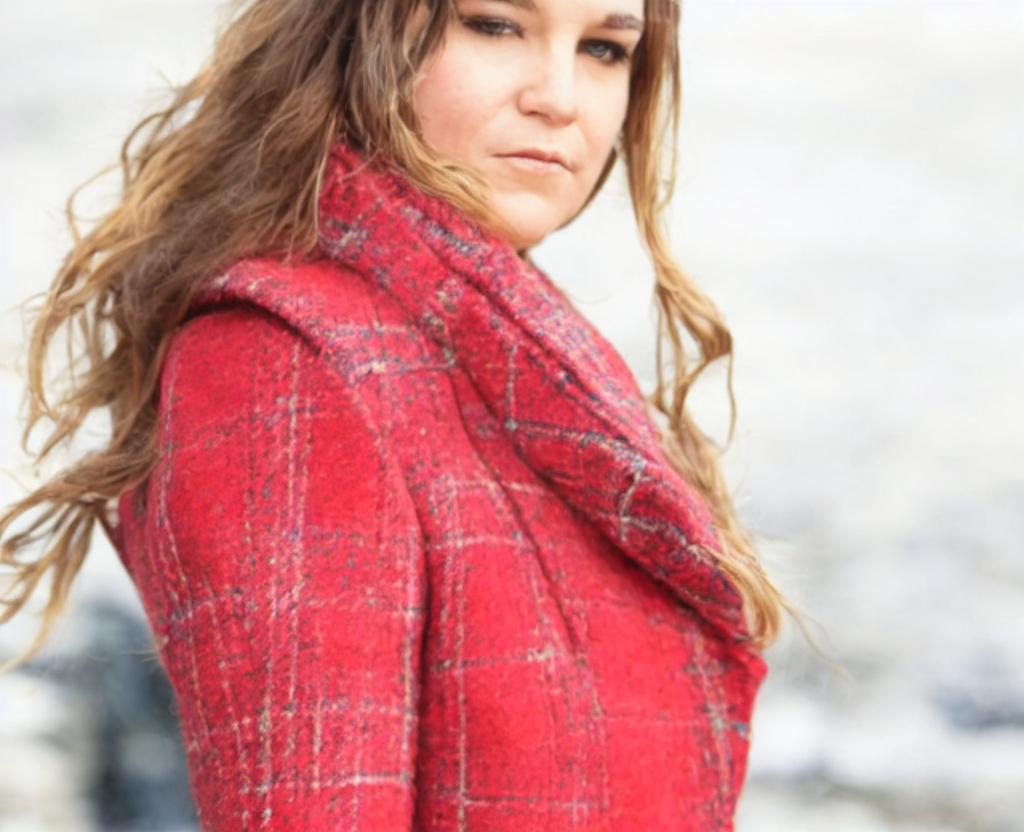
National Find A Rainbow Day
Each year on April 3rd, National Find a Rainbow Day (National Find a Rainbow Day) challenges us to look up the sky and find a vibrant ray of hope cast across it.
Both reflection and refraction of light in water droplets in the Earth's atmosphere can produce a spectrum of light in the form of a multicolored arc, which appears in the sky. These rainbows always appear directly opposite of the sun's sun. When entering a droplet of water, it is refracted (bent), then is seen inside on the back of the droplet and refracted again when leaving it.
On the outside of a primary rainbow, Red is the color that is visible on the outer part of a rainbow and violet on the outside of a primary rainbow.. Children in science class learn the mnemonic ROYGBIV to help them remember the sequence of colors in a rainbow: red, orange, yellow, green, blue, indigo, violet. Rain, mist, spray, and dew are all examples of airborne water that can result in rainbows, including rain, mist, spray, and dew.
How to #findarainbowday
- Make yourself a rainbow or make one yourself using the garden hose or a prism
- The colorful hearts on this printable make a rainbow for families, students, and classrooms. At least one of every shade of the rainbow exists. We've started with color crayons and paper crayons
- To brighten the day of someone passing by, Then took them out and placed them in a cheerful, sunny window
- As part of a science experiment, create a rainbow
- To post on social media, use the hashtag #NationalFindARainbowDay.
A rainbow day in history A rainbow day in history a national treasure a rainbow day. a rainbow day in history a rainbow day
This bright and colorful holiday is beginning to investigate the sources of this vibrant and colorful holiday.
Rainbow FAQ
Q. When is the best time to look for a rainbow?
A. Rainbows often appear after it rains and the clouds have cleared, and A. Rainbows often appear after it rains and the clouds have cleared. The sun rays the sun through the air's remaining moisture. The air is a transparent material that transforms the light into its hues. A rainbow can also be found on the ground where dew had appeared or water from a sprinkler. On a wall, use a prism to make a rainbow.
How can I see a complete rainbow? Q. How can I see an entire rainbow?
A. To see the full circle of a rainbow, you must climb into the sky. You might get to see the entire circle if you're on an airplane when it's raining.
Does saltwater refract light differ from freshwater? Q. Does saltwater react differently than freshwater?.
A. Yes. Yes. Yes. Saltwater is denser than freshwater, so it will produce rainbows with a smaller radius.






